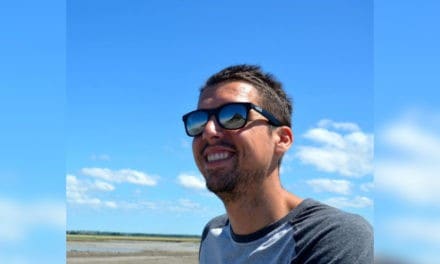Dr. Pat Longmuir, a Junior Research Scientist with HALO, recently published a new paper in Cardiology in the Young titled, “Cross-sectional study of motor development among children after the Fontan procedure“. Citation details for the article are below:
Longmuir PE, Banks L, McCrindle BW. Cross-sectional study of motor development among children after the Fontan procedure. Cardiol Young. 2012 Jan 24:1-8. [Epub ahead of print]
ABSTRACT: Objectives:To determine the gross motor skills of school-aged children after the Fontan procedure and compare the locomotor and object control skills with normative data.Study designThis study followed a cross-sectional design. Setting: This study was based on hospital outpatient visit, with accelerometry conducted at home.PatientsThis study included 55 patients, including 22 girls in the age group of 6-10 years, 5.1 years after Fontan.Main outcome measuresTest of Gross Motor Development – Version 2, daily activity by accelerometer, medical history review, child and parent perceptions of activity. Results: Being involved in active team sports increased locomotor percentile score by 10.3 points (CI: 4.4, 16.1). Preference for weekend outdoor activities (6.9, CI: 2.0, 11.8), performing at least 30 minutes of moderate-to-vigorous physical activity daily (24.5, CI: 7.3, 41.8), and reporting that parents seldom criticise the child’s physical activity (21.8, CI: 8.9, 34.8) were also associated with higher locomotor percentile scores (p < 0.01). Object control percentile scores were higher (p < 0.03) with involvement in formal instruction (5.9, CI: 1.1, 10.6) and being restricted to “activities within comfortable limits” (27.6, CI: 7.7, 47.5). Older chronological age (r = 0.28), a more complicated medical history (r = 0.36), and older age at Fontan (r = 0.28) were associated with greater skill delay (p < 0.04). Conclusions: Children after Fontan attain basic motor skills at a later age than their peers, and deficits continue for more complex skills as age increases, suggesting a need for longitudinal monitoring of gross motor skill development through the elementary school years. Future research might investigate whether a gross motor skill rehabilitation programme can provide these children with the motor skills needed to successfully participate in a physically active lifestyle with peers.



